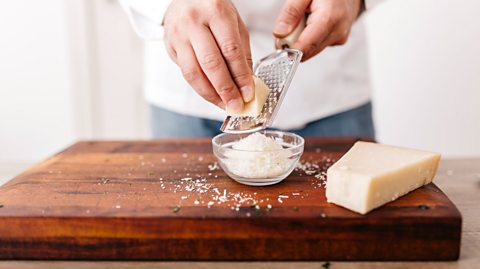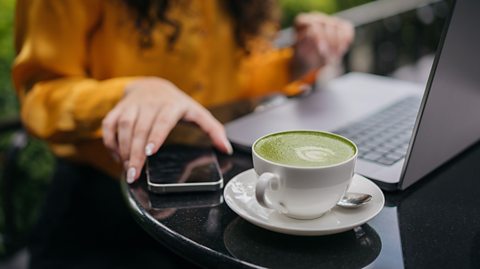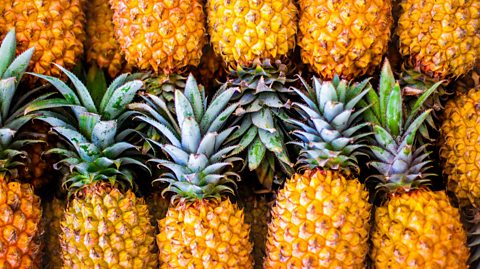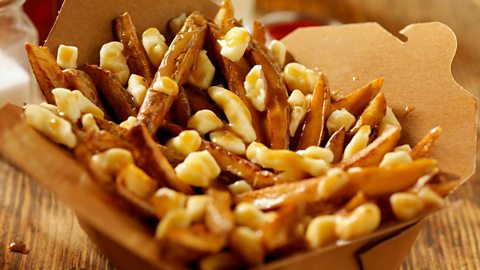Who wouldãve thought something as popular as sourdough bread could be controversial?
According to purists of this particular loaf, not all the sourdough on the shelves should be labelled as such.
These disputed loaves contain ingredients that are not considered authentic to the recipe, despite the fact there is no officially recognised method for making it. Known as ãsourfauxã in some circles, this can be identified by an increased list of ingredients, whereas authentic sourdough is made of flour, water and salt. The sourdough starter, an essential part of the process, is made from fermented flour and water - although some recipes include other ingredients, such as live yogurt.
While sourdough may not yet have an official recipe, others food items do. Bitesize takes a look at those that have managed to earn a stamp of authenticity.
Is your parmesan parme-sanctioned?
Next time you are looking for some parmesan to grate over your pasta, keep an eye out for the label PDO, meaning Protected Designation of Origin product. It's only genuine Parmigiano Reggiano if it comes from a specific region of Italy; Parma, Reggio-Emilia, Modena, Mantua, or Bologna. Not only does the cheese have to come from this specific region, but the milk that is used must come from recognised local producers.

However, not all foods linked to a certain place are classed as a PDO. Greek yogurt is one of them, yet in 2013 an English court found that any product sold under the Greek yogurt label should come from Greece itself. Greek yogurt is strained and has a distinctive, creamy texture.
Matcha-do about brewing
Matcha is a green tea that is grown and produced in China and Japan but has found popularity due to its high antioxidant content and health benefits. The name comes from the Japanese meaning ãto rub, to daub, to paint.ã

Matcha has to be made from the crushed leaves of a camellia sinensis. This plant is grown in the shade and harvests black, white, green, and A China tea that is dark in colour. teas as well. It is the process of steaming the leaves first, guaranteeing they retain their flavour, that distinguishes matcha from the rest. The teaãs precise production methods lead to authentic matcha being higher in price than others on the market. It was this cost that led matcha tea producers in the Japanese cities of Nishio and Anjo to request a removal from the protected GI (Geographical Indication) list in 2015.
The status meant they had to keep using traditional methods to produce the leaves, and lifting it meant they could bring in other processes which were cheaper, making the tea more affordable for customers. Their request was granted.
Green and pleasant strands
You may think watercress is just a peppery salad vegetable but this leafy green is on the list of PDO products in the UK.
The plant requires more than a sprinkling of water to thrive and instead is grown in a steady flow where floating roots allow it to grow away from soil.
This commercial production process mimics the natural method of growing and has not been changed for more than 200 years. The tradition has ensured watercress is one of the few vegetables to still look the same as the Roman illustrations of the plant. Naturally growing watercress is also a good tester for clean water as the plant does not grow in polluted streams.
This article was first published in December 2023.
Myth-busting food origin stories
Chocolate chip cookies, crisps and Caesar salad all have legendary histories, but are they true?

Four things you didnãt know you could do with food waste
Before you chuck it out, read this!

The takeaway treats that have become national treasures
How poutine, kebab pizza and more found their way into a country's heart
